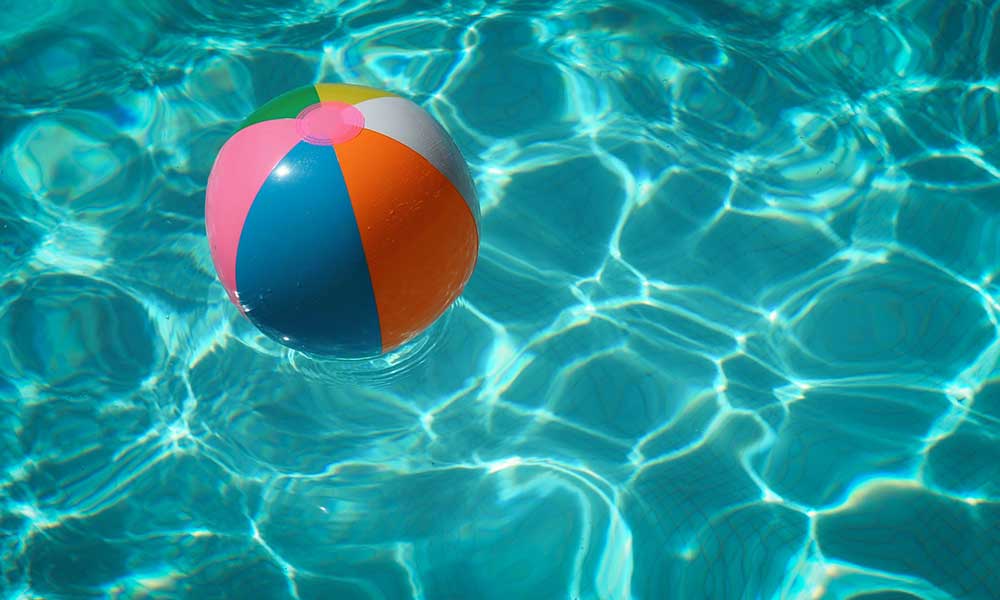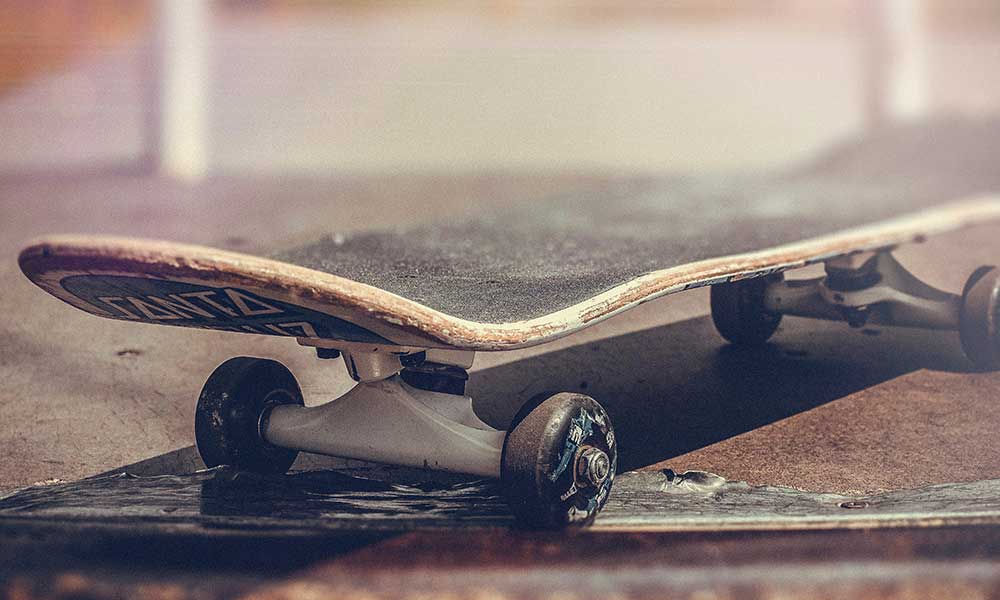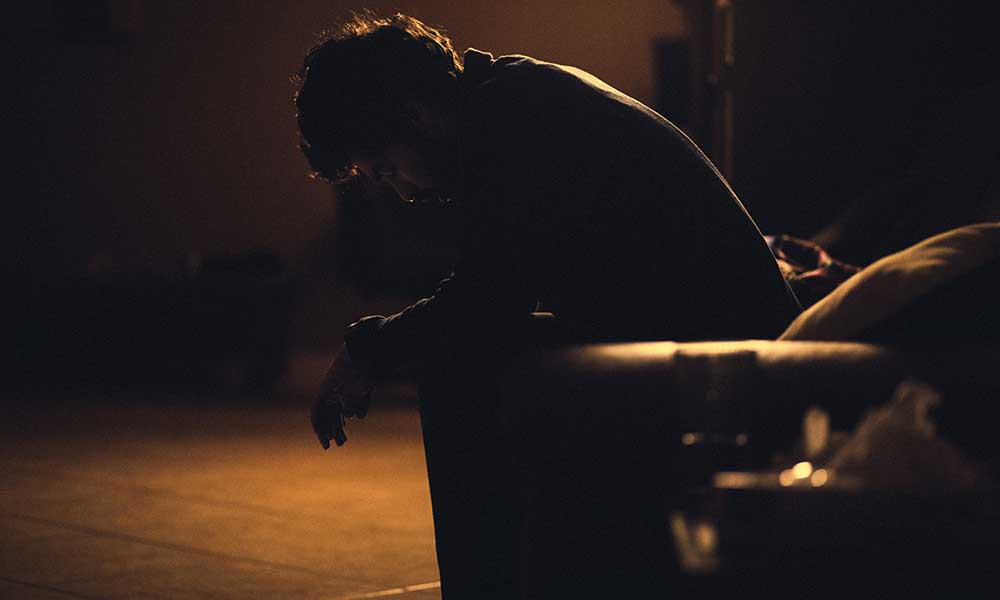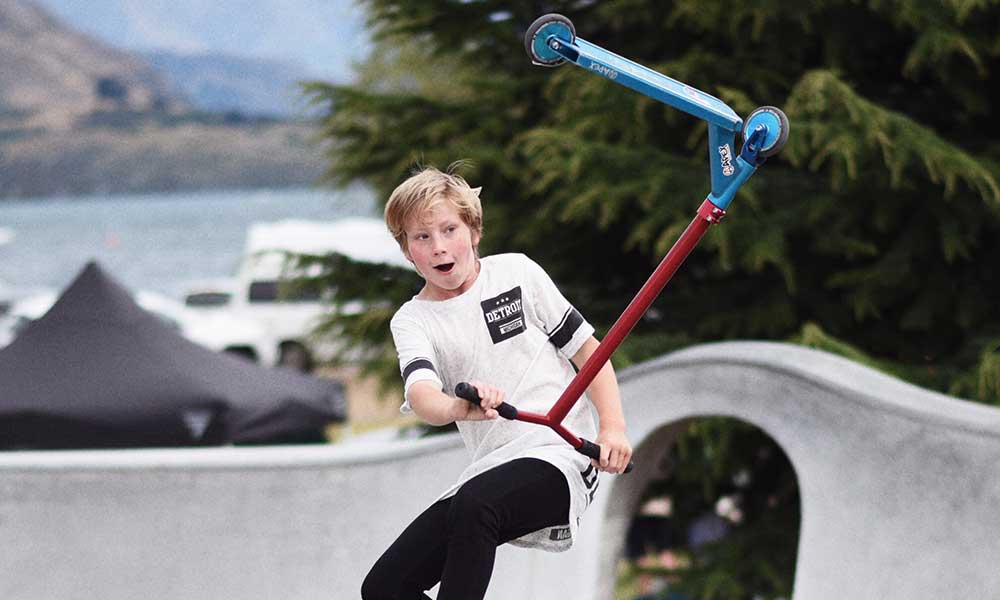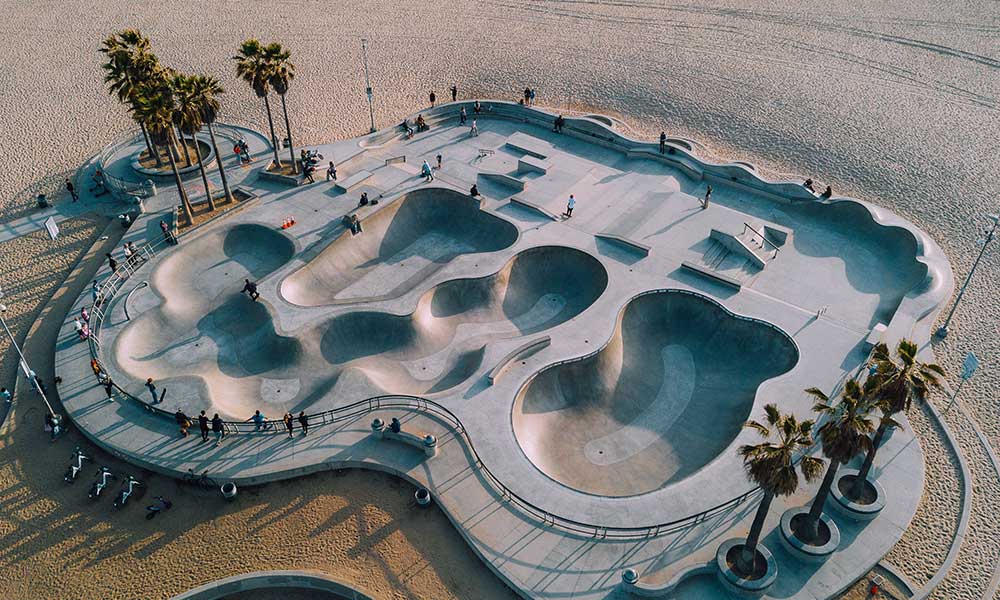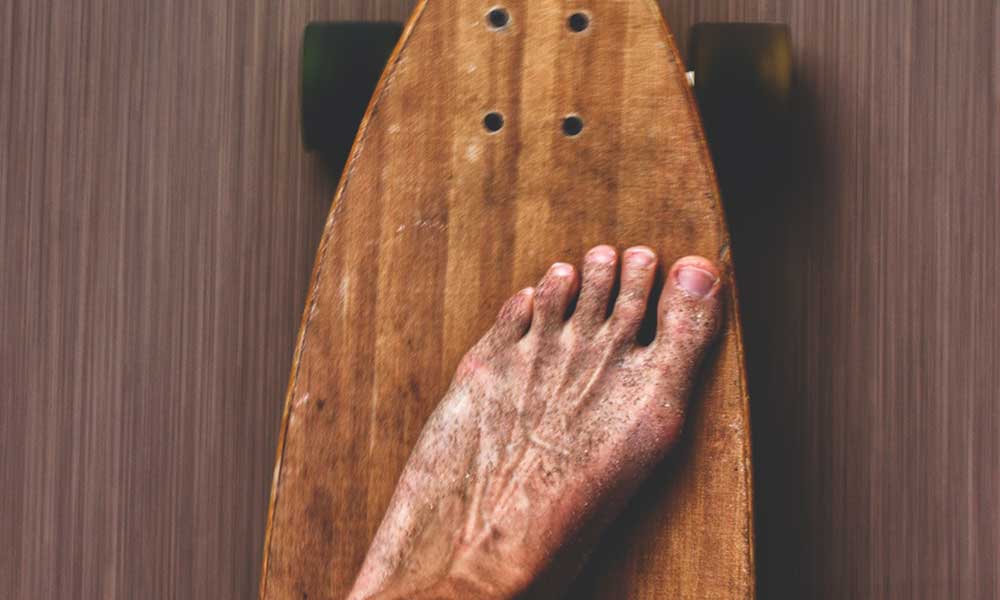From the Tony Hawk games to backyard competitions, swimming pools have played an important role in the sport of skateboarding for close to half a century.
But how did swimming pool skateboarding get started, who invented it, and what are the benefits and risks of skating in an empty pool?
Why Did The Skaters Take To Empty Swimming Pools?
California is no stranger to drought.
In fact, large parts of the state are in the grip of an extreme drought at the time of writing and these droughts are predicted to get worse as the world gets a little hotter and dryer.
Droughts are thought to cost the state billions of dollars.
They put farmers out of business and farmworkers out of work, and the effects are felt across the western United States.
But as strange as it sounds, skateboarders owe the popularity of vert skating and swimming pool skating to Californian droughts.
The droughts of the mid-to-late 1970s coincided with a sharp rise in the popularity of skateboarding.
The Golden State had a burgeoning population of young skaters who were increasingly being seen as criminals by the state and its residents.
When swimming pools were emptied as a result of the drought, this crop of skaters saw their opportunity.
They took their skating from the streets and into the backyards, hopping fences to skate in empty swimming pools.
As they discovered, the shape of these pools was perfect for vert skating.
It was one of the driest years in the history of California, and it became a year to forget for its residents, but for skateboarders in Southern California, it was a very important and memorable year.
Who Started Skateboarding in Pools?
Steve Alba is often said to be the Godfather of Pool Skating.
He spent his early years finding empty pools, preparing them, and skating until the homeowners or cops appeared and ushered him away.
Tony Alva, Jay Adams, and Steve Olson also spent those early years skateboarding in empty pools in Southern California.
Dogtown and Z Boys covers some of this history, when the decade’s best skaters practiced their tricks in empty pools across the state.
If you want to learn more about the history of empty pool skating in California, including the community that popularized it, the period that necessitated it, and more, it’s worth watching this classic film.
Is it Safe to Skate in an Empty Pool?
For decades, skaters have looked for empty homes in rich neighborhoods so they could hop the fence and skateboard in the empty pool.
In some cases, they will even drain the pool themselves.
It’s something that’s often done in secret, and with a degree of criminality.
But if you have an empty pool that isn’t being used, what’s the harm of letting a few of the neighborhood kids skate inside?
Well, while that would certainly make you the talk of the neighborhood, it could also damage your pool.
Tiles can chip and crack, and plumbing equipment can break.
What’s more, your insurance policy likely won’t cover you for damage caused by willfully allowing skateboarders into your pool.
There are pools designed specifically for skaters, in which case they’re basically just mini-skate parks, but if your swimming pool wasn’t designed for this purpose then you should think twice about skating in it.
Summary: Skating in Swimming Pools
Skaters like Tony Hawk grew up during a time when skateparks were common, skateboarding culture was widely embraced, and you could freely ride bowls, jump ramps, and grind rails without fear of being arrested.
In the decades since then, skateboarding has grown even bigger, moving from skateparks to grand stages like the X games and featuring on countless films, video games, and more.
But none of this would have been possible if not for that 1970s community of fearless skateboarders.
It was an important time in the history of this sport, one that gave birth to many famous skaters, tricks, and techniques, and it was technically made possible by a devastating drought that crippled the state’s economy.

